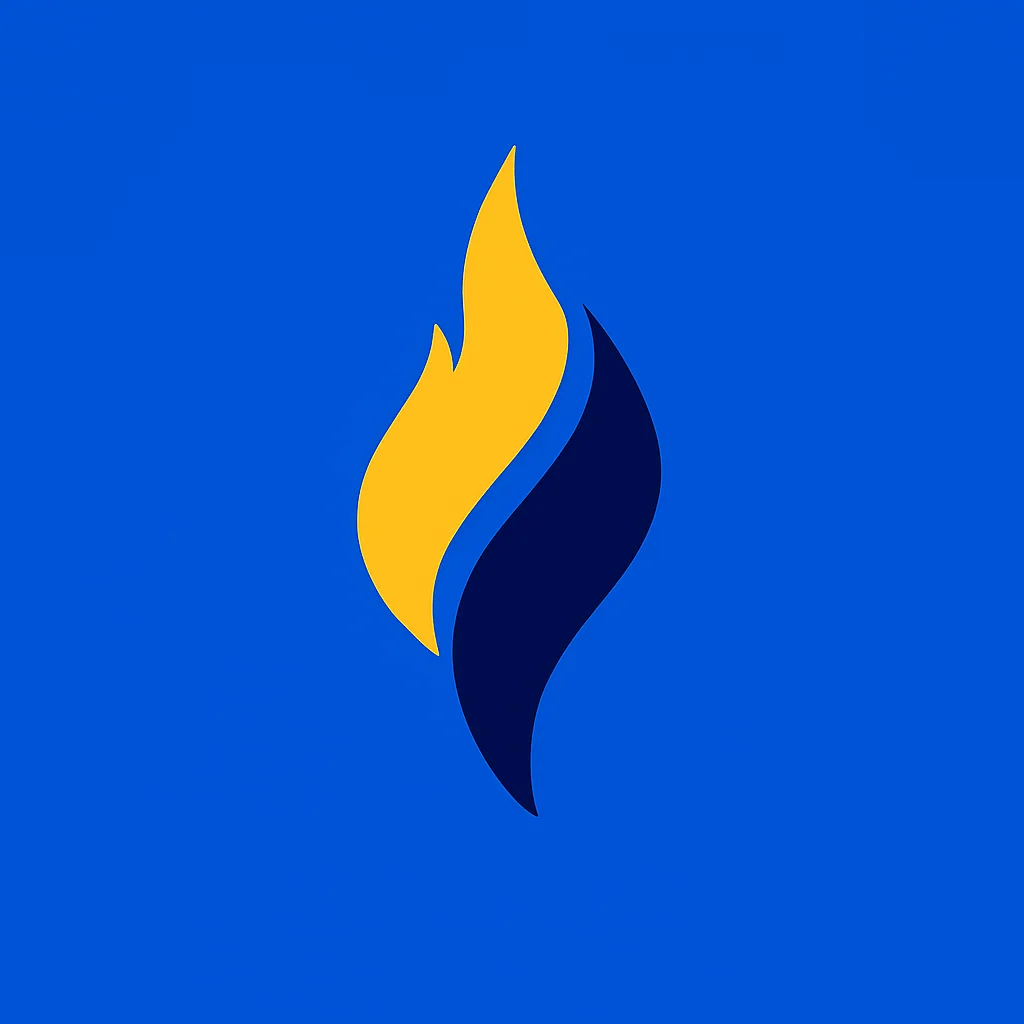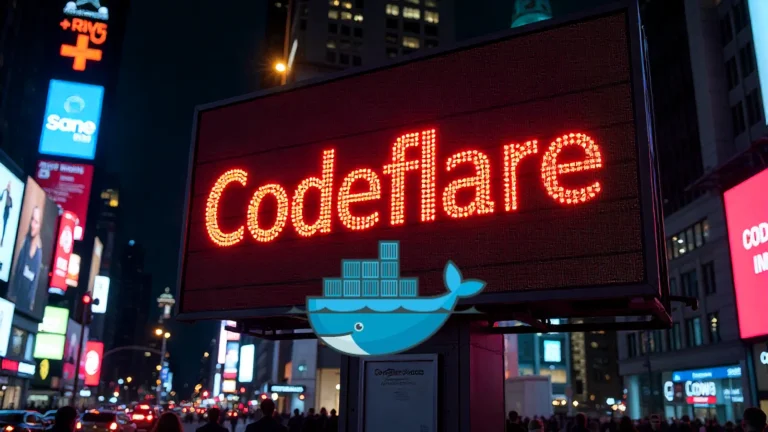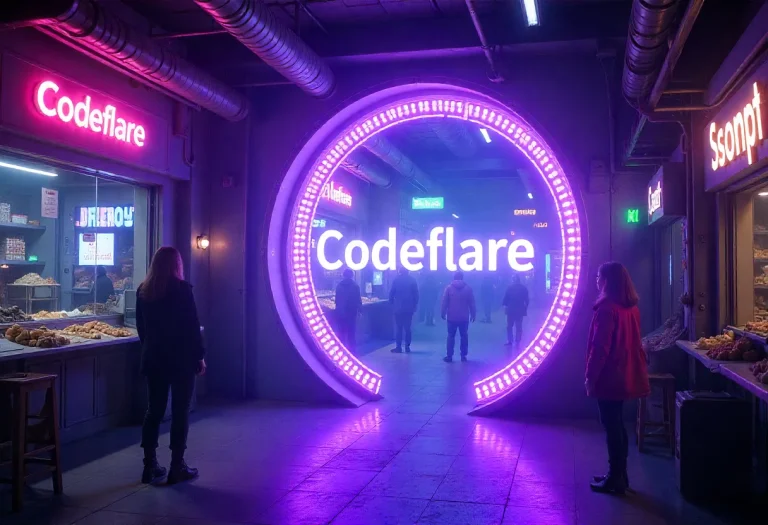
QR codes have evolved from a niche tracking technology to an indispensable digital connector, seamlessly linking physical objects to the online world. These pixelated squares now power countless everyday interactions – you’ve likely scanned one to view a restaurant menu, make a contactless payment, or access exclusive digital content.
But beyond their ubiquitous presence lies an intriguing question: What makes these black-and-white patterns so revolutionary? A QR code is essentially a sophisticated data vault, capable of storing significantly more information than traditional barcodes while remaining instantly readable by any smartphone camera.
The magic happens in the intricate arrangement of those tiny squares, which can encode everything from website URLs and contact information to Wi-Fi credentials and payment details. This technology eliminates the friction of manual data entry – no more typing long URLs or struggling to remember complicated Wi-Fi passwords.
For businesses, QR codes represent a powerful marketing tool that blends physical and digital experiences. For consumers, they offer instant access to information with just a quick scan. And for everyone, they provide a contactless solution that became particularly valuable in our post-pandemic world.
In this comprehensive guide, we’ll cover:
- The history of QR codes
- How QR codes work
- Different types of QR codes
- Benefits of using QR codes
- Common applications
- How to create a free QR code using Codeflare’s QR Code Generator
By the end, you’ll understand why QR codes are so powerful and how you can leverage them for personal or business use—for free!
1. What is a QR Code?
A QR code (Quick Response code) is a two-dimensional barcode that stores information in a square grid of black and white modules. Unlike traditional barcodes (which only hold numeric data), QR codes can store:
- Website URLs
- Contact details (vCards)
- Wi-Fi credentials
- Payment information
- App download links
- Plain text
QR codes are scannable by smartphones, making them an efficient way to share information instantly.
Why Use QR Codes?
✅ No typing required – Just scan and go
✅ High storage capacity – Up to 7,089 numeric or 4,296 alphanumeric characters
✅ Error correction – Still works even if partially damaged
✅ Trackable – Measure scans for marketing insights
Need a QR code? Try Codeflare’s Free QR Code Generator—no signup required!
2. History of QR Codes
QR codes were invented in 1994 by Masahiro Hara from the Japanese company Denso Wave (a Toyota subsidiary). Originally designed for tracking automotive parts, they quickly gained popularity due to their:
- Speed – Scanned 10x faster than traditional barcodes
- Versatility – Could store more data types
By the 2010s, smartphones made QR codes mainstream, especially in:
- Marketing (posters, business cards)
- Payments (Apple Pay, Google Pay, Venmo QR payments)
- Contactless services (restaurant menus, event tickets)
Today, QR codes are everywhere—and you can create one for free using CodeFlare’s QR Code Generator.
3. How Do QR Codes Work?
QR codes consist of:
- Finder patterns (three squares in the corners) – Helps scanners detect the code
- Alignment patterns – Ensures correct reading even if tilted
- Timing patterns – Helps decode the data structure
- Data modules – The actual encoded information
- Error correction – Allows scanning even if 30% damaged
How Scanning Works
- A smartphone camera scans the QR code.
- Software decodes the pattern into readable data.
- The phone performs an action (opens a website, saves a contact, connects to Wi-Fi).
Want to generate a QR code in seconds? Try Codeflare’s Free QR Code Generator—no technical skills needed!
4. Types of QR Codes
There are two main types:
A. Static QR Codes
- Fixed data (cannot be changed after creation)
- Best for:
- Personal contact sharing
- Permanent website links
- Wi-Fi passwords
B. Dynamic QR Codes
- Editable after creation
- Trackable (see scan analytics)
- Best for:
- Marketing campaigns
- Event tickets
- Short URLs
Need a free, customizable QR code? Generate one instantly at Codeflare’s QR Code Generator.
5. Benefits of QR Codes
For Businesses
📈 Track engagement – See how many scans your QR code gets
💰 Boost conversions – Direct customers to promotions or signup pages
📱 Contactless interaction – Safe for payments, menus, and check-ins
For Personal Use
🔗 Share links easily – No more typing long URLs
📇 Digital business cards – Scan to save contacts instantly
🎟️ Event invitations – QR codes for tickets or RSVPs
Create your free QR code now at Codeflare’s QR Code Generator!
6. Common Uses of QR Codes
| Industry | Use Case |
|---|---|
| Retail | Product info, discounts, payments |
| Healthcare | Patient records, appointment booking |
| Restaurants | Digital menus, loyalty programs |
| Events | Tickets, check-ins, feedback forms |
| Marketing | Social media links, promo codes |
Need a QR code for any of these? Generate one for free here!
7. How to Create a QR Code for Free
Creating a QR code is easy and free with Codeflare’s QR Code Generator. Here’s how:
- Go to Codeflare’s QR Code Generator
- Enter your URL, text, or contact details
- Customize colors and size (optional)
- Download your QR code (PNG or SVG)
✅ No registration required
✅ Unlimited free QR codes
✅ Works on all devices
8. Future of QR Codes
QR codes are evolving with:
- AR integration – Interactive experiences
- Biometric scanning – Secure authentication
- Blockchain verification – Anti-counterfeiting
Stay ahead by using Codeflare’s Free QR Code Generator today!
Conclusion
QR codes are powerful, versatile, and free to create. Whether for business or personal use, they simplify information sharing and enhance engagement.
Ready to make your own QR code?
🚀 Generate a Free QR Code Now
No fees. No signup. Instant download.
Frequently Asked Questions (FAQ)
❓ Are QR codes free?
✅ Yes! Use Codeflare’s Free QR Code Generator.
❓ Can I track QR code scans?
✅ Dynamic QR codes allow tracking—try Codeflare’s advanced options.
❓ Do QR codes expire?
❌ Static QR codes last forever unless the linked content is removed.
Start creating your QR code today—Click here!

Latest tech news and coding tips.



